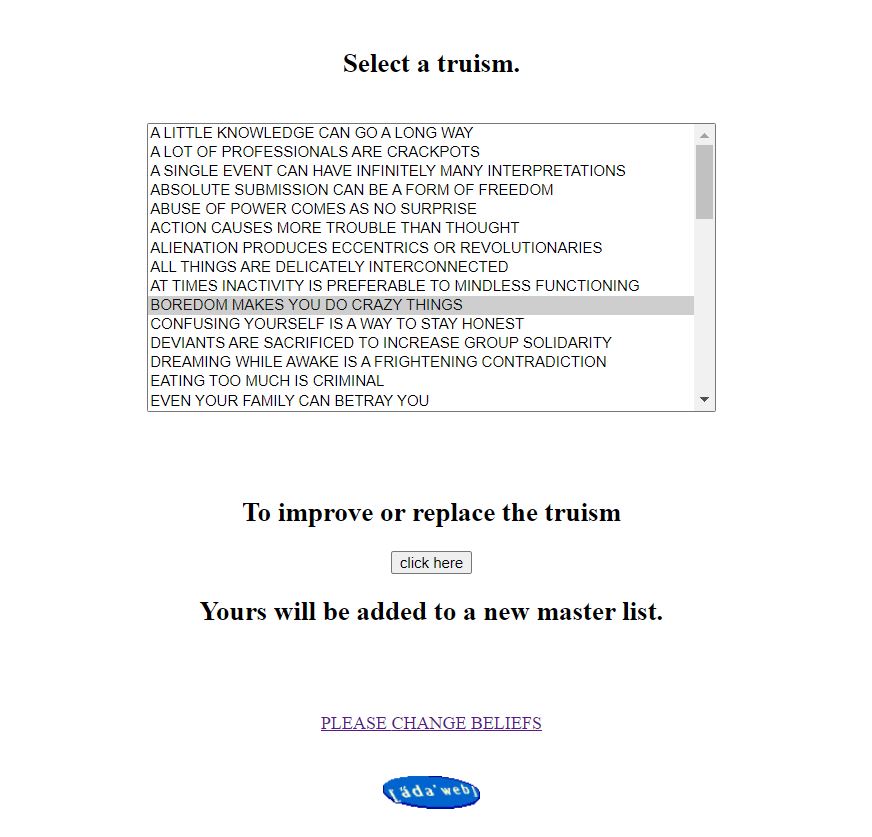With increased access to information cultivation and exchange, and with the open source, non-corporate origins of the Internet, a lot of New Media art and cultural projects resonate with the ideas of community participation and grassroots organizing.
With increased access comes increased collaboration, and technologies of near-instantaneous communication allowed for better organizational tools than previously available. Online communities of like-minded people are built and maintained, groups united by a shared goal can spread information and seek allyships, and regular members of a community now have a platform to leave a lasting message - from forum boards and social media comments to organized participation in group events.
In addition to pure technological advancements and the notions of a life with this tech, early Web art is also often interested in the increased ability of an Internet user to make their voice heard and to participate in something larger than an individual-scale project. Jenny Holzer's early web based work for Adaweb, Please Change Beliefs (1995), plays around with the idea of easy communal involvement with a set of truisms
- sayings that feel true
on an uncritical surface level.

Jenny Holzer, Please Change Beliefs, 1995. Project for Ädaweb
Visitors to the website are invited to read through a list of Holzer's truisms, and improve or change
any of them. The new additions are compiled in an ongoing list of community-contributed truisms, which is maintained and publicly accessible to this day despite the work being almost 30 years old.
The simplicity of the project and its focus on community participation creates an opportunity for an individual to both feel like a part of a larger whole, and to also look inwards, examining their own internal beliefs and bias when responding to or altering truisms. What does it mean to leave a short message on a decades-old platform? When that message stays there, unchanged and visible, for years? In what ways do social norms and conventions play out on an anonymous submission form with no moderation?
And if this is one way participation is made possible, what else can be achieved with New Media technology?





